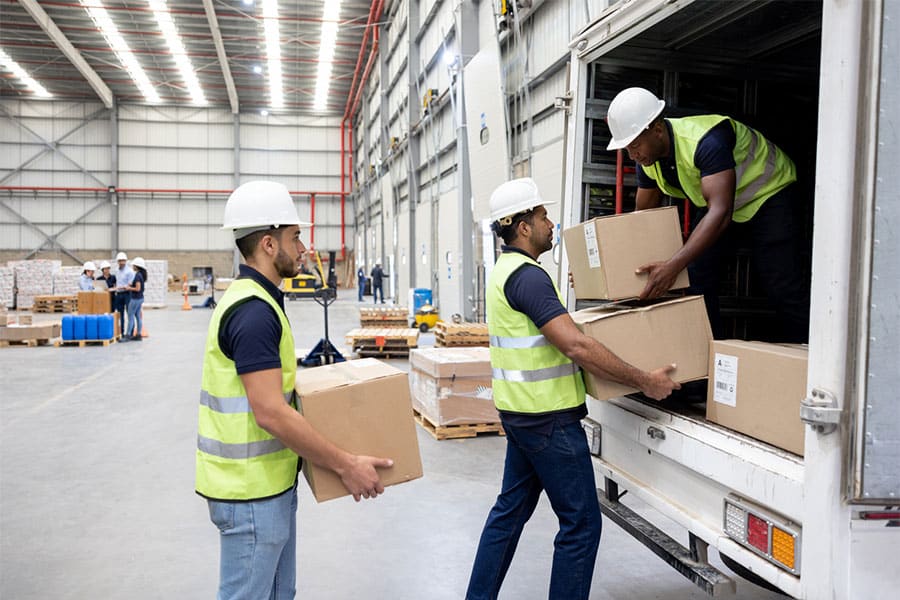In the dynamic world of shipping and logistics, ensuring the stability and integrity of cargo during transit is paramount. Dunnage bags play a crucial role in this process, offering a reliable solution for securing loads and preventing shifting or damage. When goods are transported in containers or trucks, there’s often empty space between items, which can lead to movement and potential damage during transit. Dunnage bags are specifically designed to fill these void spaces, effectively bracing the cargo and minimizing the risk of movement. By providing stability and support, dunnage bags help protect valuable goods from damage caused by jostling, vibration, or impact, ultimately safeguarding your investment and reputation.
Step-by-Step Guide to Proper Positioning and Inflation
Correctly positioning and inflating dunnage bags is essential for maximizing their effectiveness and ensuring cargo stability. The first step is to carefully assess the cargo and identify any void spaces where movement may occur. Next, select the appropriate size and type of dunnage bag for your specific application, taking into account factors such as void space dimensions and load weight. Position the bags strategically within the cargo area, focusing on areas prone to shifting or instability. Place the bags flat against the cargo and between any gaps or irregularities to provide optimal support. Once positioned, use a suitable inflation tool to inflate the bags gradually, taking care not to overinflate. It’s essential to monitor the pressure levels closely to ensure proper inflation and adjust as needed to achieve a snug fit. Finally, secure the inflation valve to prevent air leakage and verify that the bags remain securely in place before sealing the cargo for transit.
Common Mistakes to Avoid in Dunnage Bag Application
While dunnage bags offer an effective solution for cargo stabilization, improper application can compromise their performance and put your shipment at risk. One common mistake is using the wrong size or type of dunnage bag for the job, leading to inadequate support or instability. It’s essential to carefully consider the dimensions of the void spaces and the weight of the cargo to ensure that the selected dunnage bags can provide sufficient support. Another common pitfall is failing to position the bags correctly within the cargo space. Placing them in areas where they cannot provide adequate support or failing to fill all void spaces can diminish their effectiveness, allowing for movement or shifting during transit. Overinflation is another common issue, as it can strain the bag material and cause premature failure. Additionally, neglecting to secure the inflation valve or failing to monitor pressure levels can result in air leakage and reduced stability. By avoiding these common mistakes and following best practices for dunnage bag application, you can enhance cargo security and minimize the risk of damage or loss during transit.
Invest in Dunnage Bags from USA Strapping
At USA Strapping, we understand the importance of reliable cargo-securing solutions in today’s fast-paced logistics industry. Our extensive range of dunnage bags is designed to meet the highest standards of quality and performance, ensuring maximum protection for your valuable cargo. Whether you’re shipping goods locally or across the globe, trust USA Strapping to provide you with the tools and expertise you need to safeguard your shipments and deliver peace of mind. Our dunnage bags are available in various sizes and configurations to suit your specific needs, and we offer expert guidance to help you select the right solution for your cargo. Contact us today to learn more about our dunnage bag offerings and discover how we can help you confidently secure your loads. With USA Strapping, you can rest assured that your cargo is in good hands.

